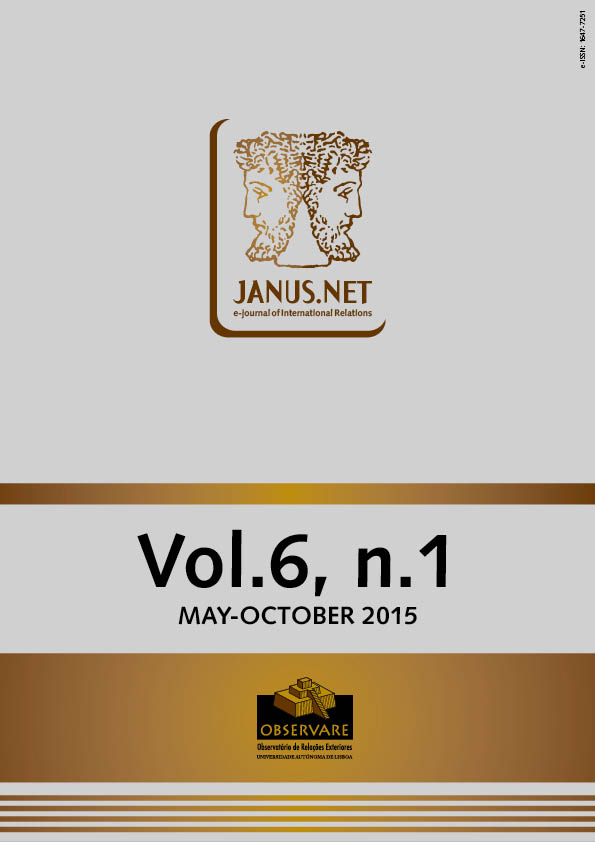On 29 June 2014, the ISIS/ISIL or Daesh announced the change of its name to just “Islamic State” (IS), proclaimed itself a “Caliphate” and named its leader Abu Bakr al-Baghdadi as “Caliph Ibrahim”. About a year later, this article intends to evaluate the trajectory and reach of this territorial jihadist entity. It starts by contextualizing the self-proclamation in terms of ideology and objectives and then it describes how the IS has sought to consolidate itself as a de facto “State” and the tragic effects of its policy of terror. The last part examines the international expansion of the IS, analysing its reach in attracting “foreign fighters”, the new wilayats created outside Syria and Iraq, the newly affiliated local groups, and the activities of the IS in cyberspace.
THE “ISLAMIC STATE”: TRAJECTORY AND REACH A YEAR AFTER ITS SELF-PROCLAMATION AS A “CALIPHATE”
Associate Professor at Autonomous University of Lisbon-Department of International Relations (Portugal). Visiting Professor at the National Defense Institute, the High Command and Staff College, the Middle East Technical University in Ankara-Turkey and La Sapienza–Universitá di Roma, Italy. Scientific Coordinator of OBSERVARE – Observatory of Foreign Relations, where he also coordinates the research group “War, Peace and Security Studies”. His most recent work is
the edited book “Islamic State” – the new global jihadist phenomenon (Media XXI, in press), a collective book with eight essays and authors from Portugal, Italy and Turkey.
Resumo
Palavras-chave
Como citar este artigo
Tomé, Luís (2015). “The «Islamic State»: trajectory and reach a year after its self proclamation as a «Caliphate»”. JANUS.NET e-journal of International Relations, Vol. 6, N.º 1, May-October 2015. Consulted [online] on date of last visit, https://repositorio.ual.pt/handle/11144/1754
Article received on 5 May, 2015 and accepted for publication on 28 May, 2015















